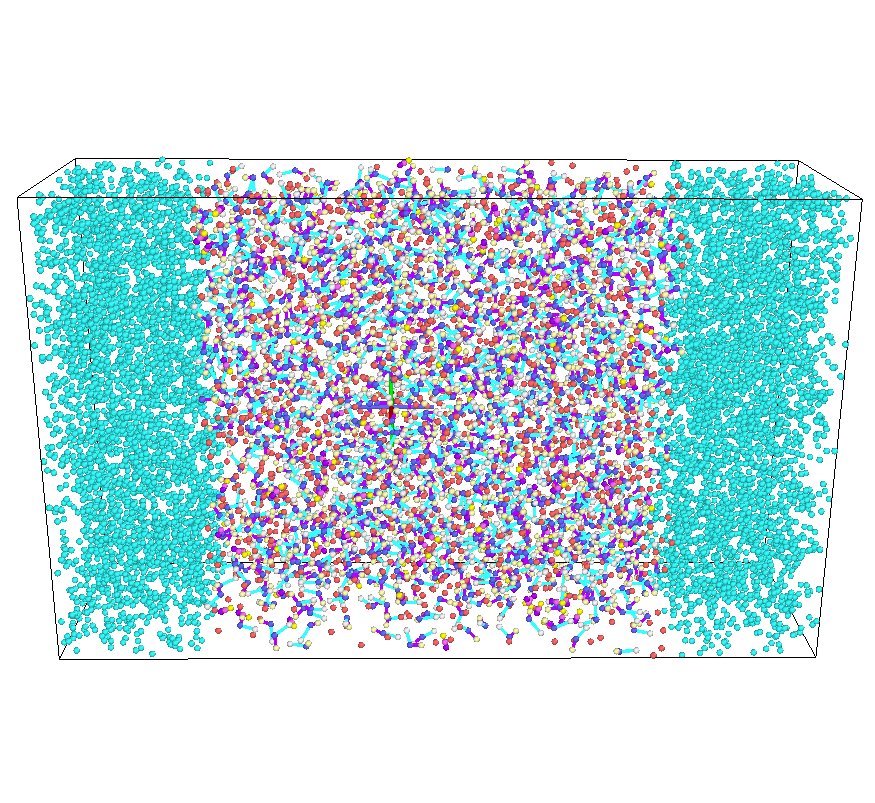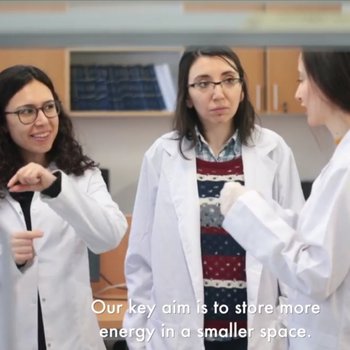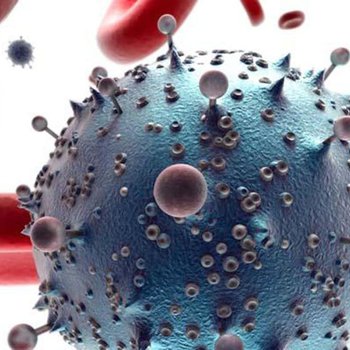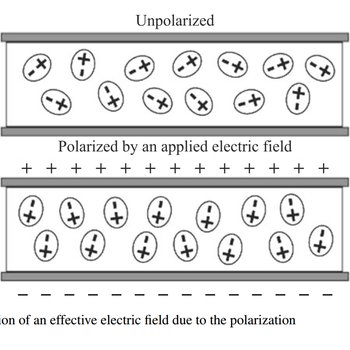Soft Matter Laboratory
Our Soft Matter Laboratory opens its door for the university broadcast. It was the first time that we announced the recent application of our soft …
Nano drug delivery system
Because of ligand’s some properties, receptor interactions and control of release drug have difficulties. So that it is must to improve on-demand targeting delivery which …
Piezoelectric Materials
Piezoelectricity, which is a field in crystal material science, was started by the brothers Jacques Curie and Pierre Curie in 1880. They found a special …
Electric Double-layer Capacitors
Supercapacitors or electric double-layer capacitors (EDLC) have the ability to store charge by using ion rearrangements in electrolytes and ion adsorption into electrode surfaces. Their main advantages are longer cycling life, broad process temperature range, and advanced power density in comparison to batteries. Most recently, the developments of nanostructured carbon-based electrodes indicated a tremendous boost in the energy density of supercapacitors.
Especially, molecular modeling of electrolytes and charged electrode surfaces has brought key understanding into the charge storage at the nanoscale from the aspects of mechanisms of ion adsorption, dynamics at electrode surfaces, and inside nanopores, and effects of curvature, roughness in electrode.
Classical molecular dynamics (MD) simulations are decently suitable for the investigation of non-faradaic processes including the ion rearrangements within the EDLC structure.
Ref. Vatamanu, J., Borodin, O., Olguin, M., Yushin, G., & Bedrov, D. (2017). Charge storage at the nanoscale: understanding the trends from the molecular scale perspective. Journal Of Materials Chemistry A, 5(40), 21049-21076. doi: 10.1039/c7ta05153k



